How to get rid of lawn moss: expert tips for clearing this weed
Our methods for how to get rid of lawn moss and prevent it from growing back will solve your weed issues quickly and efficiently

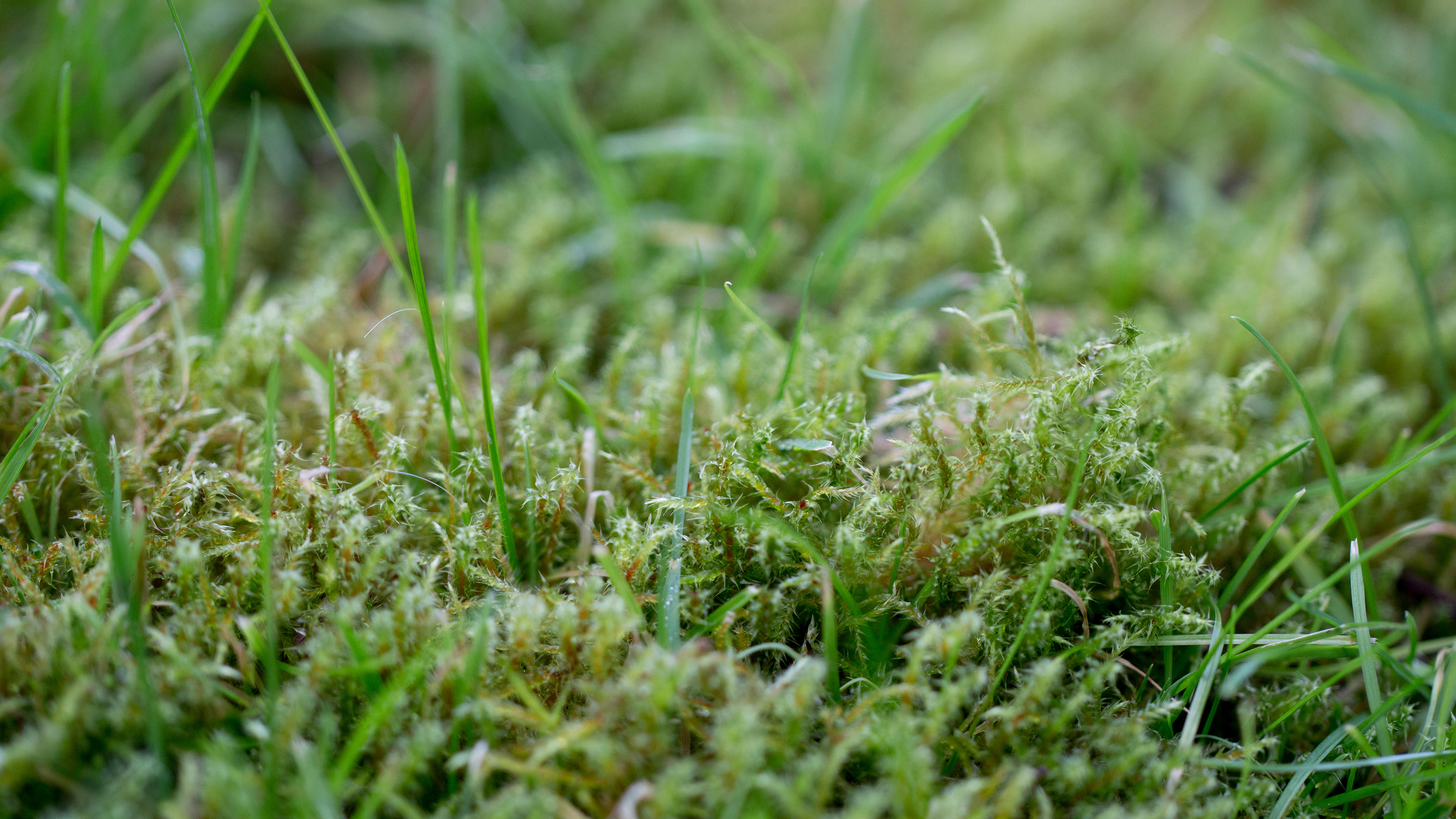
If you've been wondering how to get rid of lawn moss to improve the overall look of your turf, the good news is that there are several tried-and-tested methods for getting it under control.
Moss occurs in excessively acidic, compacted soil that's prone to water-logging. It often occurs in shaded areas, but can also appear due to cutting the grass too low, or when the grass itself is weak as a result of insufficient nutrient supply.
Having a lot of moss in a lawn can mean it looks good all year and has a sponge-like softness that is wonderful to walk on barefoot, but over time the moss can take over and dominate the grass, resulting in a scruffy lawn that is difficult to mow. A choice must be made between the grass or the moss. One must go!
In the right conditions, it is possible to enjoy an entire lawn of moss, but unless you have a shady site with sufficient moisture, it will not thrive. In order to enjoy a lush greensward of grass that complements your lawn edging ideas, the moss must be brought under control.
‘Look at the conditions that are favoring the moss in your lawn and make those conditions better for grass,’ says David Hedges-Gower, Chairman of The Lawn Association. ‘So, if your soils are compacted, aerate them. If the grass is cut too short, raise the height of the cut. If you have moss, there will be a problem that needs rectifying.’

3 simple tips for how to get rid of lawn moss
Read our three-step guide to learn the easy ways to alter your lawn, so that moss doesn’t thrive and you can bring it under control. They're simple solutions to give your lawn ideas the boost they might need.
1. Alter the growing conditions
‘Improving conditions that allow grasses to thrive will help to thicken turf and reduce moss infestations,’ says Peter Landschoot, Professor of Turfgrass Science at Penn State College of Agricultural Sciences. ‘This can include things such as shade reduction, boosting drainage, liming acid soils, and regular fertilization.’
Where extremes of such conditions exist (for instance in a woodland garden with acid soil and high rainfall) and where your grass-covered ground is already dominated by moss, it may be better to opt for a moss lawn instead. In this case, the grass becomes the weed to remove!
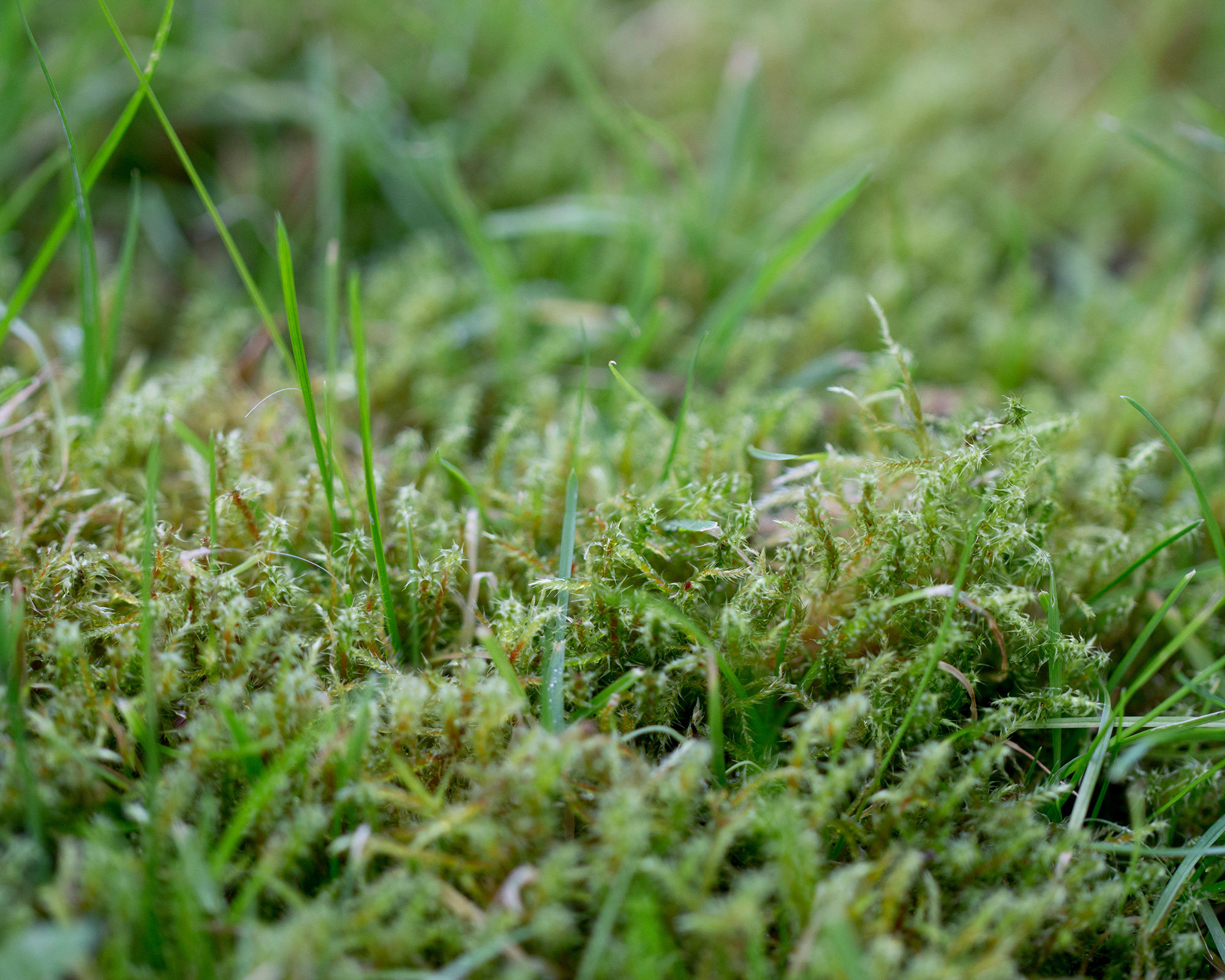
2. Apply lawn sand
Another option for how to get rid of lawn moss is to use lawn sand. This fine sand, which contains ammonium sulphate and iron sulphate, should be applied in late spring as part of your spring lawn care, or you can also do it in early summer.
‘I find the best way to control moss once you’ve got it is to apply ferrous sulphate (iron) mixed with dry sand,’ says Sandy Reid, Director of Greenkeeping at the St Andrews golf courses in Scotland, which hosts the 150th Open tournament in 2022.
‘Do it on a dewy morning as the moisture helps the iron stick to the moss, which in turn really hurts it. I’ve never had to rake the moss out afterwards as it knocks it back that effectively. It results in a blackening of the turf, but don’t get too worried about that – it’s temporary.’
Lawn sand is an eco-friendly way to get rid of lawn weeds, but just remember that you shouldn't mow the grass for at least 3-4 days after applying it.
3. Rake moss away
Learn how to scarify a lawn and you'll soon see the benefits. ‘For almost complete eradication of moss, scarify and aerate your lawn once a year,’ says David. ’And always apply a moss control (sulphate of iron) after scarifying has taken place.’
In simple terms, scarifying involves raking the lawn to stimulate growth and remove moss and thatch (dead or dying grass). Invest in one of the best garden rakes or – on a large lawn – hire a mechanical scarifier. Scarifying is usually done once a year in early fall as part of your autumn lawn care, but if you want to apply lawn sand earlier in May or June, do it then as well, albeit only targeting the mossy patches, prior to applying the lawn sand.
Aerating a lawn is best done annually in early fall, after scarification. It involves making holes in the lawn at intervals with a long-handled garden fork, in order to reduce the compaction that grass loathes and moss grows happily on. Alternatively, use a hollow tine aerator every 2-4 years. You can also hire mechanical aerators for large lawns.
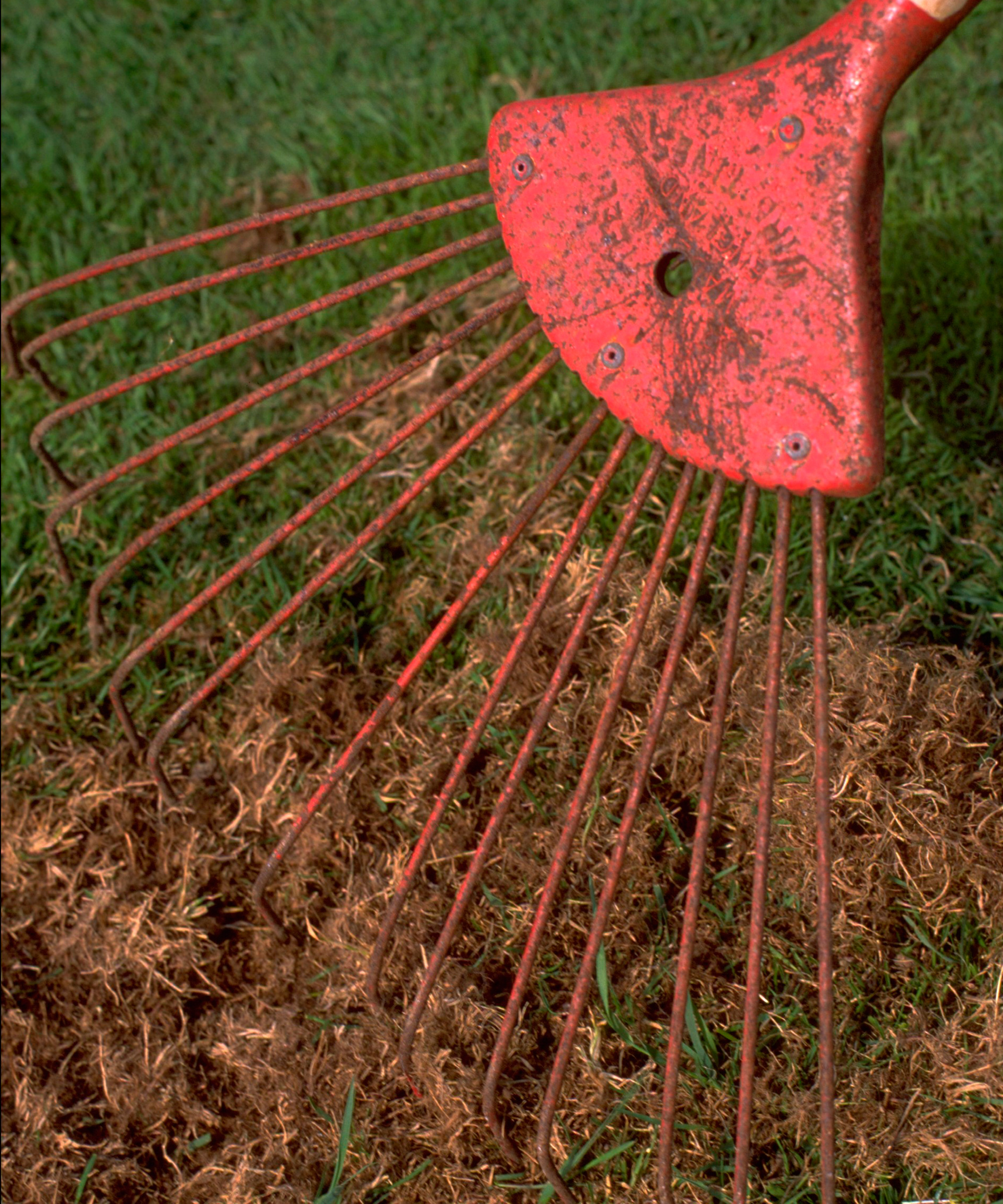
How do you cut a mossy lawn?
If the usual conditions that mosses thrive in – such as shade, damp, acid soil, and compaction – are not found on your lawn, the reason you have a lot of moss could relate to mowing. A simple tip for how to get rid of lawn moss is to try raising the blades on your lawn mower if you usually cut very low. Instead, keep them to a height of about 1in (3cm).
But if you only have a small amount of moss or simply want to prevent it, one of the top tips for how to mow a lawn and keep it healthy is by raising the blades in the fall. ‘Prevent moss by maintaining healthy grass cover going into winter,’ advises Sandy. ‘Do this by relaxing the height of the mower blades for those last few cuts of the season.’
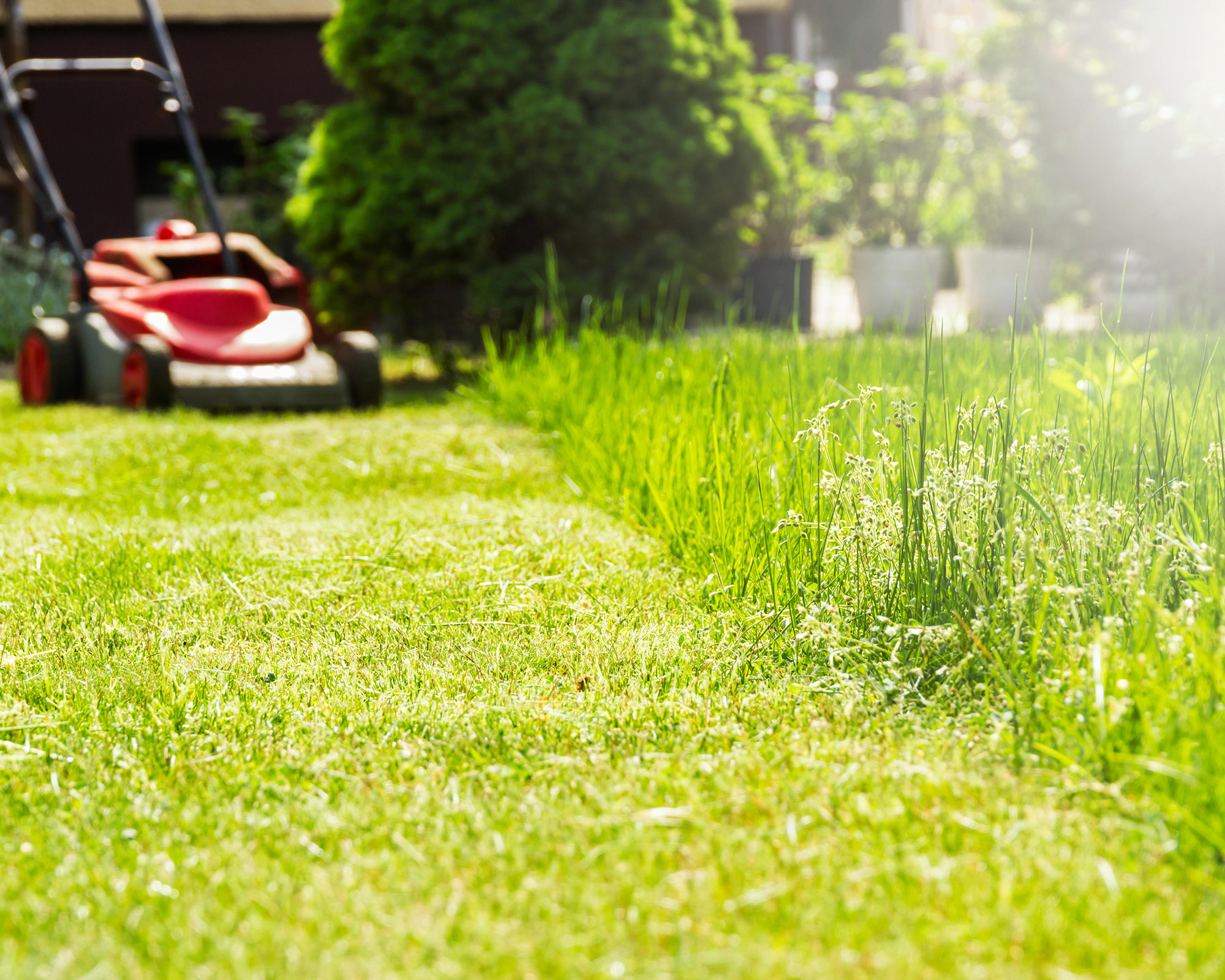
Are there any benefits to having moss in your lawn?
In Japanese garden ideas, moss lawns are held in high esteem and if you’ve ever seen a healthy moss lawn, you will understand why. There are mosses to suit all sorts of situations, including poor soil, shallow soil, and sloping gardens, but most mosses thrive in moist, acidic soil in shade or semi-shade.
As well as having great color and texture, walking on them barefoot is heaven. ‘Walking on mosses is actually good for them, helping them to attach to the surfaces where they are growing,’ says moss expert Annie Martin, who landscapes with moss in North Carolina.
If you decide to welcome the weeds and grow a moss lawn instead, there's no mowing required and – unless we have a very dry summer – no watering either. This means that a moss lawn can be better for an eco friendly garden than grass.
Lawn mowers create 5% of air pollution in the U.S. and the U.S. Environmental Protection Agency says that 30-60% of urban fresh water is used on lawns.
As an alternative to grass, mosses are also great at filtering air pollution, they tolerate very low temperatures, provide a habitat for wildlife, and are great for tricky sites. ‘If the area stays soggy, mosses can help resolve puddling issues,’ says Annie Martin in her book The Magical World of Moss Gardening. ‘On steep hillsides with slopes that make maintenance difficult, mosses can hold the soil in place.’
Last but not least, unlike grasses, they look great all year, remaining lush and vivid green all winter.
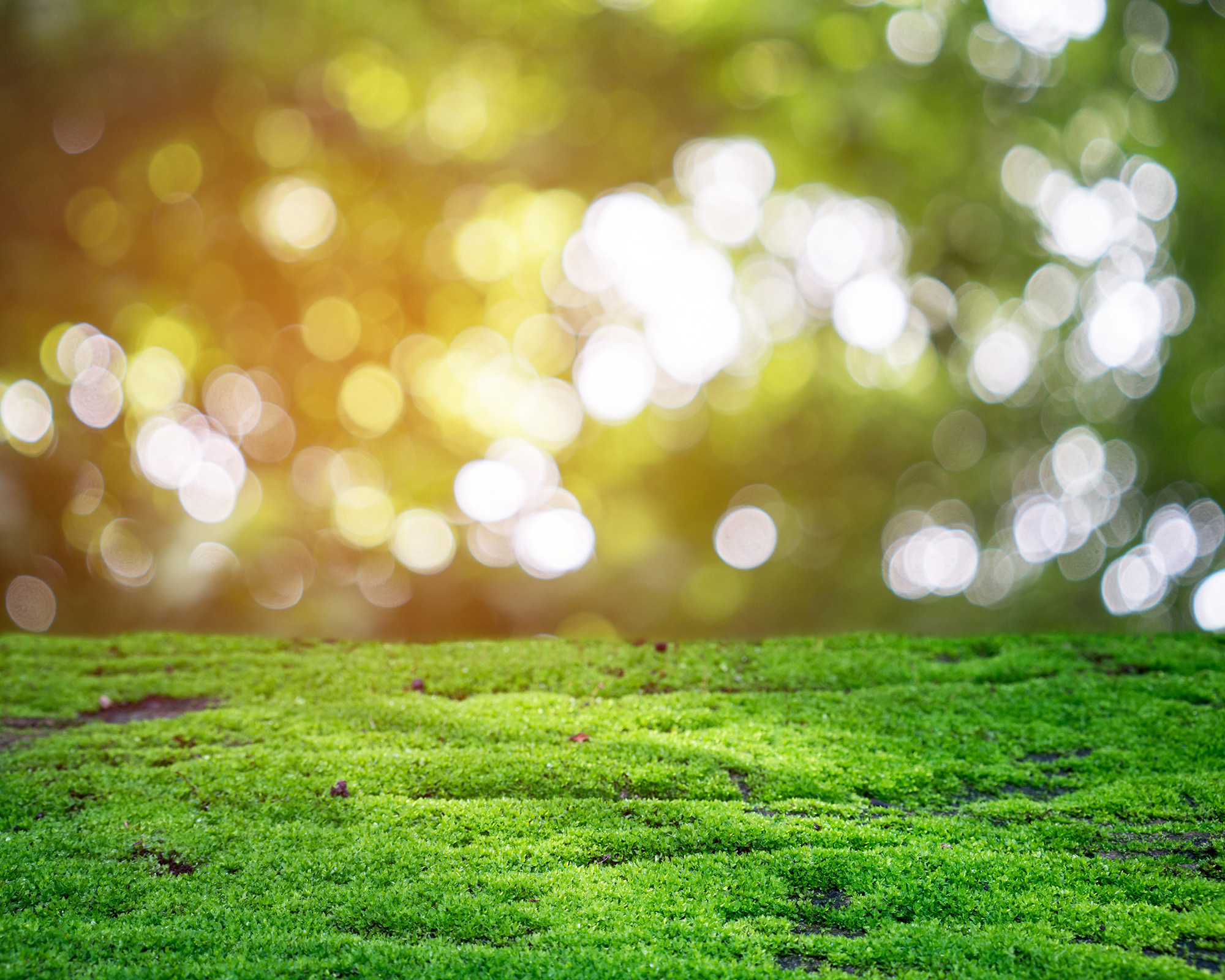

For the past 18 years, Beth has worked for and contributed to a number of leading magazines in the UK, including Real Homes, Ideal Home, Period Living, Grand Designs and Good Homes amongst others. Now the editor of Gardeningetc.com, Beth's attention is firmly outdoors. Her own garden is a really important part of her family's home, and she loves spending time tending to the veg patch or entertaining friends and family at a summer BBQ or alfresco pizza night.
